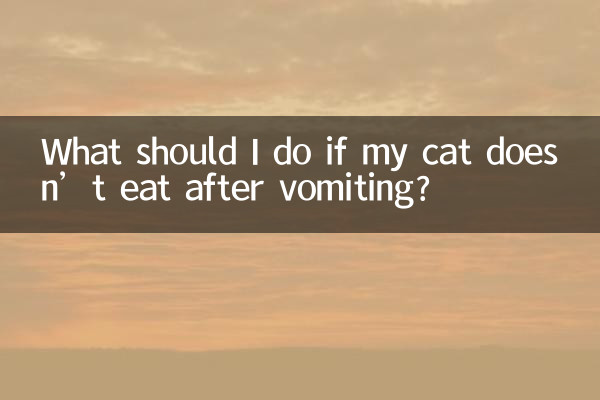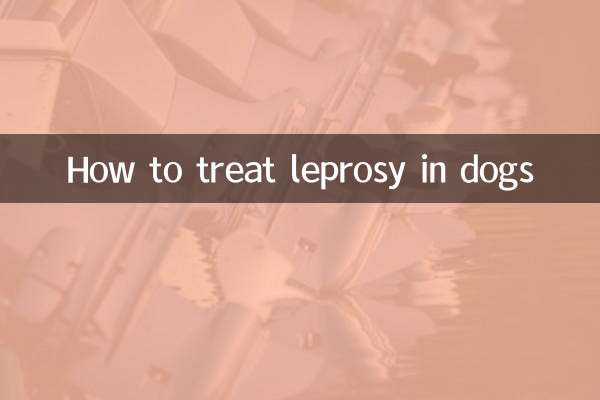What should I do if my cat doesn’t eat after vomiting? 10 days of hot topics and solutions
In the past 10 days, the topic of pet health has continued to heat up on social media and forums. In particular, "cats not eating after vomiting" has become the focus of many poop scrapers. This article combines popular discussions and veterinary advice across the Internet to compile structured data and solutions to help you deal with this common problem.
1. Data analysis of recent hot topics (last 10 days)

| platform | Amount of discussion on related topics | High frequency keywords |
|---|---|---|
| 23,000 items | Cat vomiting, loss of appetite, hairball syndrome | |
| little red book | 18,000 notes | Cat food selection, emergency care, pet hospital |
| Zhihu | 560 questions | Gastroenteritis, poisoning, feeding tips |
2. Common reasons why cats don’t eat after vomiting
According to the experience of veterinarians and pet owners, the following causes are the most common:
| Reason type | Proportion | Typical symptoms |
|---|---|---|
| Hairy bulb syndrome | 35% | Vomit containing hair, retching |
| Gastroenteritis | 28% | Diarrhea, lethargy |
| food allergy | 15% | Red and swollen skin, frequent scratching |
| Accidental ingestion of foreign bodies | 12% | sudden vomiting, abdominal pain |
3. Emergency treatment and home care steps
If the cat does not eat within 12 hours after vomiting, you can follow the following procedures:
1.Observation period (0-6 hours): Suspend feeding, provide only a small amount of warm water, and record the frequency and status of vomiting.
2.Experimental feeding (6-12 hours): Feed hypoallergenic liquid food (such as rice soup or prescription canned food), with a single dose not exceeding 10g.
3.Recovery period (after 24 hours): Gradually resume daily diet, giving priority to easy-to-digest formulas.
4. When is it necessary to seek medical treatment?
| red flag | possible disease | Handling suggestions |
|---|---|---|
| Vomiting with blood | gastrointestinal bleeding | Send to hospital immediately |
| Refusal to eat for 24 hours | hepatic liposis | Requires intravenous nutrition |
| accompanied by fever | viral infection | Detecting cat plague |
5. Recommended popular preventive measures across the network
1.Regular hair removal: Hair removal cream or cat grass twice a week, especially long-haired cats need intensive care.
2.Diet management: Avoid frequent food changes and choose low-allergenic food from a single protein source.
3.Clean environment: Keep away linear foreign objects and small toys to prevent accidental ingestion.
According to the advice of Zhihu Pet Doctor@毛球bureau: “If you vomit more than three times or refuse to eat for more than 12 hours, you must check for severe cases such as pancreatitis and renal failure.” Recent popular posts on Xiaohongshu also show that 70% of users have avoided worsening of their condition by adjusting their diet and seeking medical treatment in time.
If your cat has a similar situation, please judge based on the specific symptoms and be sure to contact a professional pet hospital if necessary!

check the details

check the details